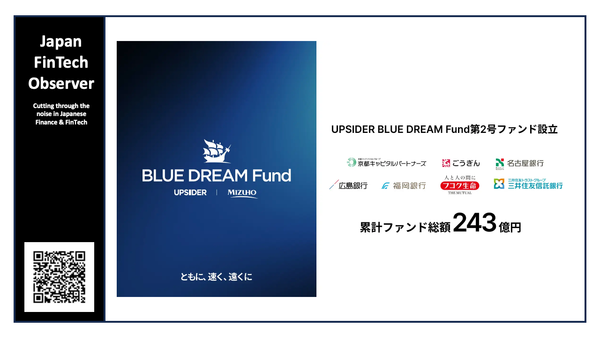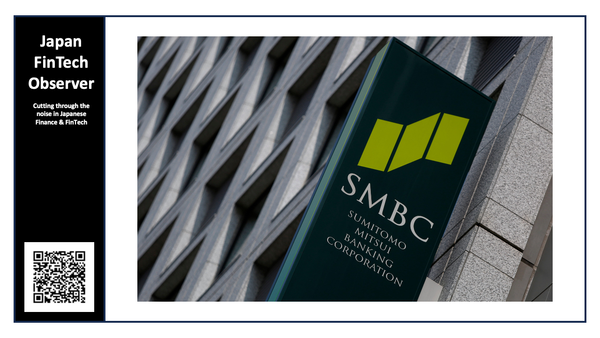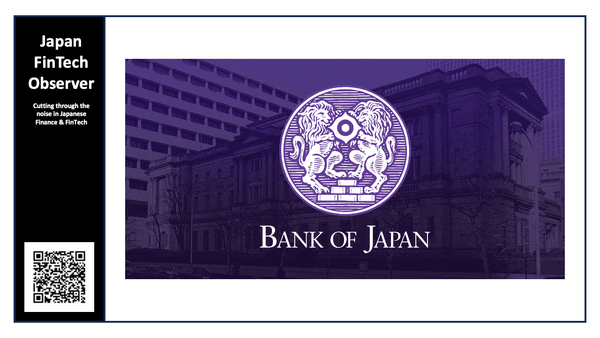Line & Kakao’s merged blockchain “Kaia” launches its mainnet
On August 29, 2024, “Finschia,” the successor to LINE’s independently developed “LINE Blockchain,” and “Klaytn,” developed by Kakao’s…
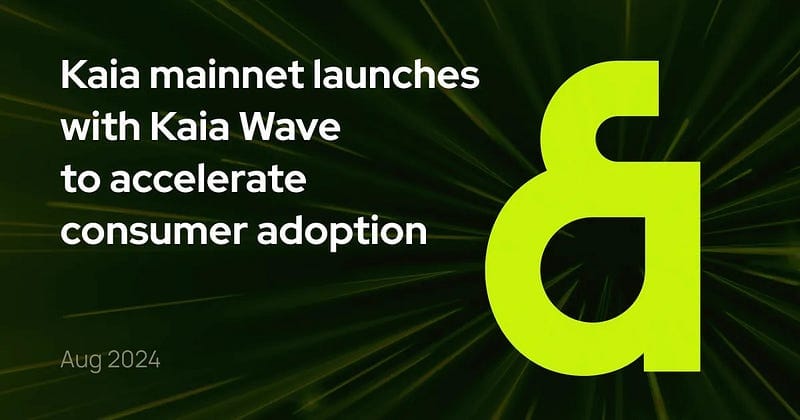
On August 29, 2024, “Finschia,” the successor to LINE’s independently developed “LINE Blockchain,” and “Klaytn,” developed by Kakao’s subsidiary Ground X, have been integrated into a new blockchain called “Kaia.”
With this integration, the Finschia DLT Foundation and Klaytn Foundation, which operated each blockchain, have merged to form the Kaia DLT Foundation, which will operate the post-integration blockchain “Kaia.” Companies that participated in the governance of both blockchains have also been integrated into Kaia’s governance, launching with a new structure along with the Kaia mainnet.
For customers holding Finschia (FNSA) on the cryptocurrency exchange “LINE BITMAX,” no special procedures are required as Finschia (FNSA) will automatically migrate to Kaia (KLAY) (at a migration rate of 148.079656 FNSA per 1 KLAY; please check the official Kaia page for details).
What is “Kaia,” pioneering the future of blockchain?
Kaia was born from the desire to make blockchain technology easily and safely accessible to everyone.
This innovative platform was formed by integrating two blockchains: “Finschia,” developed by LINE, and “Klaytn,” developed by Kakao.
It aims to realize a world (Web3) where users can own information and conduct economic activities without depending on specific platforms.
As Web3 is still an emerging market, numerous blockchains and products continue to emerge. However, Web3 services that can be used casually and safely in people’s everyday lives do not yet exist in the world.
Many Web3 services that have emerged so far have tended to favor investors over users, leading to the formation of speculative markets.
As the term “Web3” has taken on a life of its own, and unsustainable speculative services have continued to be provided, the Web3 market has lost user trust, and many Web3 services have disappeared.
Against this background, Kaia envisions providing sustainable Web3 services that anyone can enjoy casually and safely without knowing about blockchain, looking beyond the initial speculative market to services with real demand.
Background of Finschia and Klaytn integration
The blockchains “Finschia” and “Klaytn” each had powerful infrastructure and products.
By inheriting the messenger-based Web3 assets cultivated by the communication apps “LINE” and “KakaoTalk” to the blockchain “Kaia,” it gains potential access to over 250 million Asian users, increasing to over 420 types of dApps and more than 45 governance partners.
With the integration, Kaia is set to become a new industry leader realizing Asia’s largest ecosystem of decentralized applications and users.
Transition from private chain to public chain
In 2018, the “LINE Blockchain” independently developed by LINE started as a private chain with limited administrators, and the cryptocurrency “LINK” was issued.
At that time, there were various business risks in Japan, where regulations were strict, to expand business as a public chain that anyone could freely participate in, and the status of cryptocurrencies was not established. A private chain was chosen to make it easy to use for general users and developers.
However, private chains have aspects that prevent true decentralization, reliance on a single company for reliability, and rapid development seen in public chains.
To appropriately penetrate blockchain technology into society through the communication app “LINE,” which has many users, it was necessary to proceed with business and development while complying with regulations, and overall progress was limited compared to other chains.
Therefore, in 2023, “Finschia,” the successor to “LINE Blockchain,” was released, beginning the journey from private chain to consortium chain, and then to public chain.
By establishing a foundation and building a governance structure, dependence on a single company was eliminated, and the base cryptocurrency “LINK” was rebranded to “Finschia (FNSA).”
And in August 2024, the blockchains “Finschia” and “Klaytn” were integrated into “Kaia.”
With their respective base cryptocurrencies “Finschia (FNSA)” and “Klaytn (KLAY)” also migrating to the cryptocurrency “Kaia (KLAY),” it will gain high competitiveness in the Asian and global markets as a public chain.
The future of Kaia
Kaia upholds three identities, building a decentralized, transparent system based on open source with public interest in mind.
- Community: Building an inclusive environment where individuals can connect through blockchain and contribute to the Kaia ecosystem
- Sustainability: Activities for the future that actively contribute to the long-term viability of products and services
- Simplicity: Ensuring clarity, efficiency, and effectiveness in the Kaia ecosystem
Kaia aims to promote the development of blockchain-based projects by providing developers with essential toolkits, SDKs, and IDEs, creating an environment where implementation is easy.
Furthermore, it aims to provide a mechanism for Web2 users of communication apps like “LINE” and “KakaoTalk” to easily connect to Web3. As the adoption of Web3 technology accelerates and more users can experience blockchain technology, a Web3 community with strong tangibility will be formed.
Kaia focuses on building the necessary social infrastructure for Web3 and on developers, building projects where both developers and users can succeed, promoting wider adoption of blockchain technology, and exploring new possibilities in the Web3 world.
New token economics, strengthening governance
The base cryptocurrencies of Finschia and Klaytn will be migrated to Kaia (KLAY), and the token economics will also be renewed.
In the new token economics, 100% of uncirculated tokens will be burned to enhance transparency, strengthen governance, and expand community participation.
Block reward distribution
Block rewards are determined by the total of Kaia issued at block generation and transaction fees. The specific distribution ratios and categories of block rewards can be changed by governance.
Kaia aims to lead to healthy growth of the entire ecosystem and maximize the benefits for token holders. Therefore, Kaia has a policy to suppress the inflation rate more than Finschia.
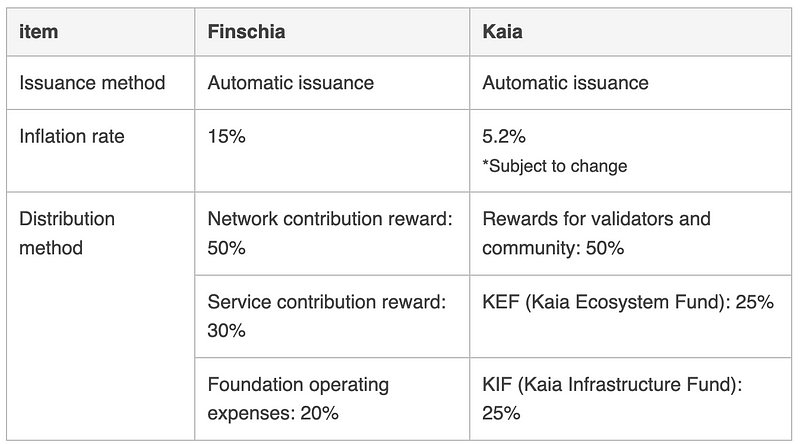
This will result in lower yields from staking and lending, but it will be appropriately controlled to avoid excessive new issuance.
Furthermore, Kaia adopts a 3-layer burn model, which aims to stabilize the project’s reliability and long-term token value, aiming for a sustainable ecosystem.
3-layer burn model
The 3-layer burn model burns tokens in the following three ways, effectively lowering the inflation rate as network usage increases:
- Gas fee-based: As the default burn method, a portion of transaction fees is automatically burned.
- Validator-based: A portion of token profits generated for validators who validate and approve blocks is burned. The burn amount increases with network activity.
- Business-based: A method where services within the Kaia ecosystem burn Kaia. This allows Kaia and services to maintain token value under the same goal.
Kaia is structured to contribute to token value appreciation by suppressing the inflation rate, promoting ecosystem growth.
In terms of governance structure, Kaia adopts on-chain governance to execute important network decisions with high transparency.
Voting rights are calculated in proportion to the staking amount, with consideration for protecting minority opinions, resulting in a system that balances fairness and democracy.
Realizing a highly flexible network environment (compatibility with Ethereum and Cosmos)
Through integration, Kaia acquires a highly flexible network environment covering Ethereum and Cosmos.
In the Finschia blockchain, the lack of compatibility with Ethereum’s widely adopted smart contract execution environment (EVM) had been pointed out as an issue, but this is resolved through integration.
By supporting the smart contract execution environments EVM and CosmWasm, Kaia not only allows existing Ethereum and Cosmos-based projects to easily migrate but also promotes innovative dApp development leveraging the strengths of both environments.
Additionally, Kaia has the speed to confirm transactions in one second and the ability to process multiple transactions simultaneously. While enhancing system safety, it provides the latest technology and an easy-to-develop environment, realizing a practical and efficient platform.
This flexibility becomes a major attraction for various projects and services to participate in Kaia’s ecosystem.
Generalization of DeFi (Decentralized Finance)
DeFi (Decentralized Finance), financial services operated without the need for administrators through blockchain technology, forms the core of any Web3 ecosystem.
Kaia is working to expand the DeFi ecosystem by providing incentive programs to support DeFi developers so that all users can easily and safely participate in DeFi.
By actively utilizing these resources to provide various support to developers, it will build the foundation for a robust DeFi ecosystem, leading to the provision of new financial mechanisms.
And by providing robust social infrastructure for projects of all scales, Kaia will promote the social implementation of Web3 as a blockchain that anyone can use easily and safely.
Please follow us to read more about Finance & FinTech in Japan, like hundreds of readers do every day. We invite you to also register for our short weekly digest, the “Japan FinTech Observer”, on Medium or on LinkedIn. Our global Finance & FinTech Podcast, “eXponential Finance” is also available through its own LinkedIn newsletter, or via our Podcast Page.
Should you live in Tokyo, or just pass through, please also join our meetup. In any case, our YouTube channel and LinkedIn page are there for you as well.


